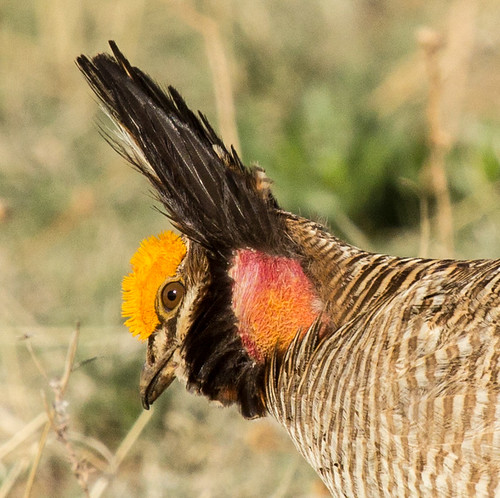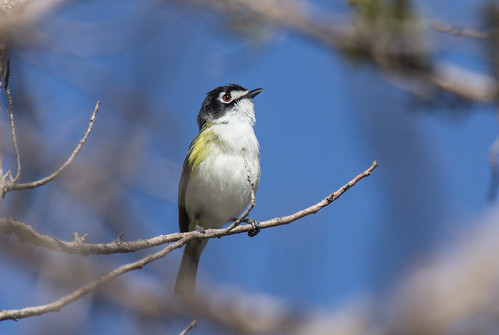
In 1900, the United States government enacted the first federal law designed to protect wildlife, the Lacey Act, which prohibited interstate commerce of animals killed in violation of state game laws. In 1918, the Migratory Bird Treaty Act made it illegal to hunt, pursue, take, capture, kill, or sell any migratory birds without a proper license. Being a federal treaty act entered into with Great Britain on behalf of Canada and then, in 1936, with Mexico, the Migratory Bird Treaty Act overrode provisions of state law. That is why people need to have just a state license to hunt most wildlife, but must also have a federal permit to hunt waterfowl and most other migratory birds.

In 1966 Congress passed the Endangered Species Preservation Act, which permitted the listing of native US animals as endangered, and provided limited protections for those animals. In 1969, an amendment provided additional protection to species in danger of worldwide extinction by prohibiting their importation and sale in the US, and expanded on the Lacey Act by widening the number of species protected, including reptiles to reduce poaching of alligators and crocodiles.
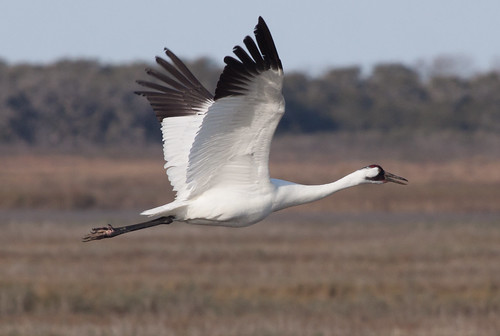
The Lacey Act was entirely focused on interstate commerce, and that first endangered species act didn’t address many of the root causes of species declines, and so in February 1973, President Richard Nixon called on the 93rd United States Congress to pass comprehensive endangered species legislation. Concerns about endangered wildlife were so widespread and bipartisan that Congress quickly responded with a completely rewritten law, the Endangered Species Act of 1973, which Nixon signed into law that very same year, on December 28, 1973. In a 1978 decision, the U.S. Supreme Court found that "the plain intent of Congress in enacting" the ESA "was to halt and reverse the trend toward species extinction, whatever the cost."
Almost as quickly as it was enacted, people started fighting against species protections when their economic interests were at stake. Presidents Reagan and George W. Bush’s administrations were famous for their efforts at cutting back protections, but even democratic presidents haven’t done much to strengthen protections.
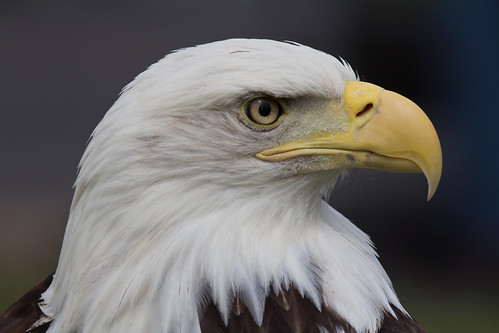
Now the US Fish and Wildlife Service has announced a new interpretation of the Act that retreats from the conservation ethic that provided much of the strength of the Act as originally passed. A species can now be completely disappearing over a large swath of its range without qualifying for protection as long as there is a viable population somewhere. Following this new definition, Bald Eagles wouldn’t have qualified for protections back in the 70s and 80s, because their numbers were still relatively strong in Alaska. Although the gray wolf has been lost from 85 percent of its historical range, it is in the process of losing all endangered species protection because its numbers are considered strong in that last 15 percent of its range.
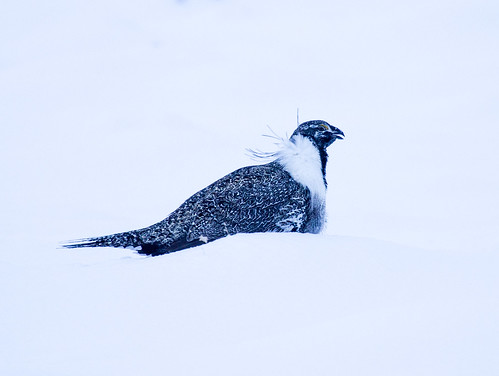
I’m sure oil and gas corporations appreciate this new interpretation, which will allow them to further destroy habitat essential to sage grouse, which have declined by more than 95 percent since the 1960s. Sage grouse were originally found in 16 states and 3 provinces, but have been entirely wiped out of British Columbia and 5 states, and remain in serious decline everywhere else. Yet moneyed interests continue to press for further development of their limited range, and hunters and falconers continue to take them, laying waste to the concept of limiting harvest to a surplus population.
Our schools have never been required to teach students about natural resources, including the very species on which local and regional economies depend, so moneyed interests can easily confuse the public. I’ve read about people claiming prairie chickens and sage grouse can be raised in captivity to be protected from extinction—they call them “chickens” to make people think they’re not very different from domestic chickens, but these wild species have specialized behavioral and habitat needs. Captive breeding programs for the critically endangered Attwater’s Prairie-Chicken have been hugely expensive and required huge swaths of land at NASA’s Johnson Space Center, yet are still tenuous.
I think people are just as concerned about endangered species as we were in the 1970s, but now we have a much stronger sense that there’s nothing we can do to reverse trends and prevent losses. Back in the 1960s, I’d read Reader’s Digest articles about how people in the Soviet Union felt utterly helpless in the face of bureaucracy and the powerful Communist Party ruling their government. Today’s Americans are feeling equally helpless in the face of bureaucracy and corporate powers ruling our government. We the people can move forward to preserve and protect our country’s rich natural heritage, but only if we start believing, as we did in 1973, that we can.
